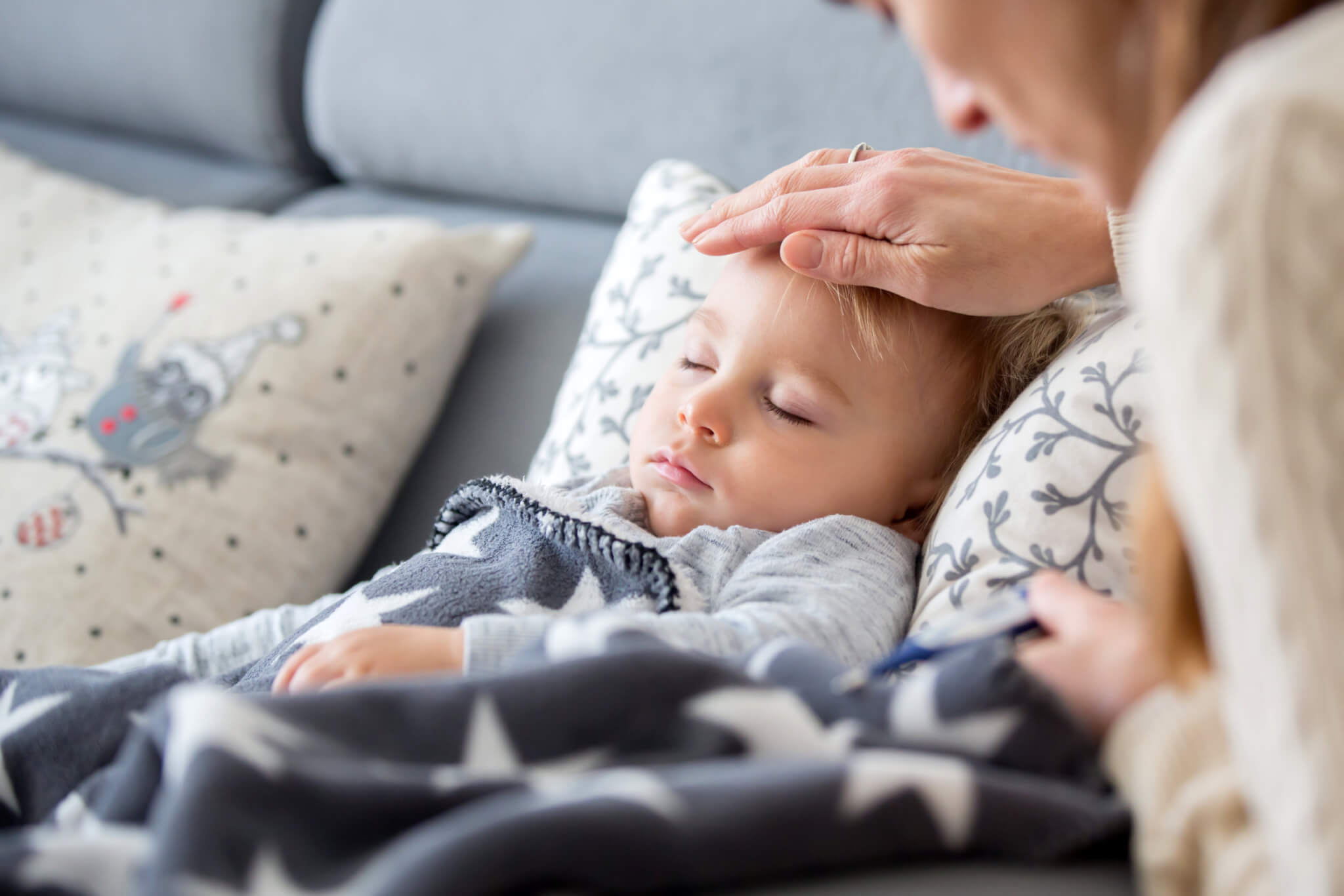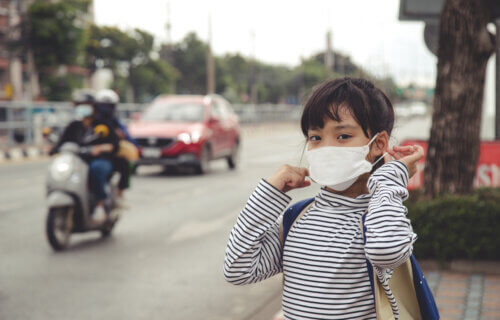🔑 Key Findings:
- Children living in cities had an average of 17 respiratory infections by age 3
- Breastfeeding for more than 6 months protected children against infections
- Frequent infections increased the risk of children developing asthma
MILAN, Italy — Two troubling studies have uncovered a link between young children who live in cities and respiratory infections. Research presented at the European Respiratory Society International Congress has revealed the health differences between urban and rural environments for young children. The studies show the impact of city living on respiratory infections in children and identify factors that contribute to these ailments, with potential implications for early childhood health.
The first study, conducted by Dr. Nicklas Brustad, a researcher and physician at the Copenhagen Prospective Studies on Asthma in Childhood (COPSAC) based at Gentofte Hospital and the University of Copenhagen, examined 663 children and their mothers from pregnancy until the children reached three years of age. Researchers categorized the children based on whether they grew up in urban or rural areas and tracked the number of respiratory infections, such as coughs and colds, that they experienced. The findings revealed that children in urban areas had an average of 17 respiratory infections by the age of three, while those in rural areas averaged 15 infections.
In addition to monitoring the children’s health, researchers conducted detailed blood tests on pregnant mothers and their newborns, as well as analyzed the immune systems of the infants at four weeks-old. They discovered differences in the immune systems of urban and rural children, as well as variations in the blood samples from mothers and babies that correlated with the differences in living environments and the number of respiratory infections.
“Our findings suggest that urban living is an independent risk factor for developing infections in early life when taking account of several related factors such as exposure to air pollution and starting day care,” says Dr. Brustad in a media release. “Interestingly, changes in the blood of pregnant mothers and newborn babies, as well as changes in the new-born immune system, seem to partly explain this relationship.”
“Our results suggest that the environment children live in can have an effect on their developing immune system before they are exposed to coughs and colds. We continue to investigate why some otherwise healthy children are more prone to infections than others and what the implications are for later health. We have several other studies planned that will look for risk factors and try to explain the underlying mechanisms using our large amount of data,” Dr. Brustad further emphasizes.

The second study, presented by Dr. Tom Ruffles from Brighton and Sussex Medical School and University Hospitals Sussex NHS Foundation Trust in the United Kingdom, involved data from 1,344 mothers and their children in Scotland and England. These mothers completed detailed questionnaires when their children were one and two years-old, which included inquiries about chest infections, symptoms like coughing and wheezing, respiratory medication use, and exposure to potential environmental risk factors.
The analysis of the questionnaires revealed that breastfeeding for longer than six months helped protect babies and children from infections, while attending daycare increased the risk of respiratory infections. Young children living in homes with visible dampness were twice as likely to require treatment with an inhaler to relieve respiratory symptoms and twice as likely to need a steroid inhaler. Furthermore, living in areas with heavy traffic increased the risk of chest infections, and exposure to tobacco smoke increased the risk of coughing and wheezing.
“This research provides some important evidence about how we can help reduce chest infections in babies and toddlers,” explains Dr. Ruffles. “The benefits of breastfeeding are well-established, and we should continue to support mothers who want to breastfeed their babies. We should also be making every effort to reduce exposure to infections in daycare, keep homes free of damp and mold, reduce tobacco smoking and cut air pollution.”
Co-researcher Somnath Mukhopadhyay, professor at Brighton and Sussex Medical School and University Hospitals Sussex NHS Foundation Trust, highlighted the need for the government to address mold in low-income housing.
“The link between damp moldy housing and the need for these very young children to take asthma treatments emphasizes how urgently we need legislation to tackle mold and damp in social housing,” says Mukhopadhyay.
Myrofora Goutaki, professor and chair of the European Respiratory Society’s group on pediatric respiratory epidemiology, who was not involved in the research, stressed the importance of understanding the factors contributing to recurrent coughs and colds in young children to protect their developing lungs and prevent conditions like asthma as they grow older.
“We know that some young children suffer with recurrent coughs and colds, and this can lead on to conditions such as asthma as they grow older,” says Goutaki. “It’s important that we understand any factors that might be contributing to this, such as the conditions where children live and where they are cared for. The more we understand about these factors, the more we can do to protect the developing lungs of these young children.”
The studies are published in the journal Pediatric Pulmonology.
